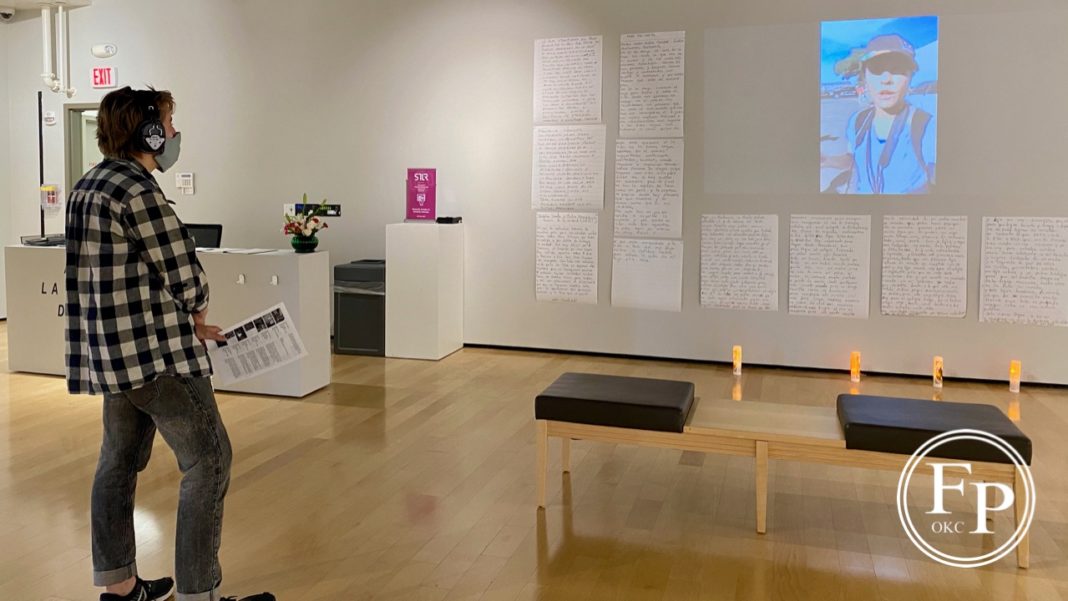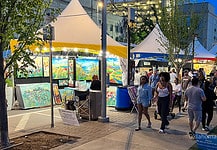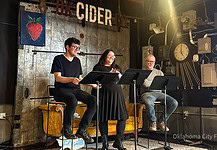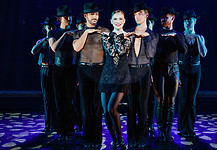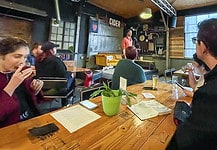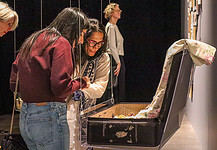Last Updated on January 16, 2021, 10:28 PM | Published: January 16, 2021
Every visual artist must master the struggle between light and shadow on the surface of their medium, and in Ada Trillo’s La Caravana del Diablo this conflict is brought to the fore.
Across the walls of the Melton Gallery, the stories of migrants traveling on the notorious caravan pathway from Central America to the United States are captured in stark images of black and white. Each photograph is illuminated by the hope of its subjects and darkened by the fears that hinder their progress.
Most viewers of the exhibition will be familiar with the caravans that made headlines over the past few years. Few, however, can claim to view the caravan with as much closeness and personalness as Ada Trillo.
Hopes, fears, anxiety
From Juarez, Mexico, Trillo’s career as a documentary journalist, photographer, and artist is perfectly poised to capture deeper and richer insights than a CNN news report might. Her photographs are carefully composed to include the emotions of the difficult journey migrants take to reach the wuthering heights of the Mexican-American border – a deep and unshakeable belief that there is something better across la Frontera.
They also contain, however, the anxiety and uncertainty that follows the caravan, in the form of traffickers, la Guardia Nacional, and hostile foreign policy. The gallery gives voice to the many lives shaped by immigration policy and foreign policy, lives which are often under-documented and escape from view.
Some photographs, in particular, will strike a chord with Oklahomans.
Familiar to Oklahomans
Mothers with children are documented extensively in Trillo’s work, and viewers might recall similarities to the work of Dorothea Lange and her photograph of an Oklahoma mother driven West by the Great Depression and the Dustbowl in Migrant Mother, an image Trillo herself references when discussing her influences.
In fact, the written history of Oklahoma begins from a similarly tragic caravan, the Trail of Tears, where the federal government forced Native Americans on a long and deadly march west to Indian Territory.
Though la Caravana del Diablo faces an opposite dilemma, the use of force against migration, Trillo is careful to include the similarly devastating factors that push migrants north – memories ravaged by conflict, poverty, and war, a product of Reagan-era foreign policy in Central America.
The gallery is a small space, and the two walls traced by a line of photographs are dominated by a wall upon which a video of interviews is projected. Different migrants share their stories personally and directly in these interviews.
While the video doesn’t contain moments of aesthetic beauty, its intent is perhaps the opposite, to provide a contextual counterpoint to the photographs, and invite the subjects of the gallery to speak for themselves. This element of the exhibition is crucial to viewers.
No exploitation of misery
In recent years, a growing number of artists and critics have leveled criticism against photographers for exploiting the emotional trauma of their subjects for their art or work. By including the voices of her subjects themselves, Trillo avoids crossing the line between documentation and exploitation. Furthermore, when discussing this criticism, Trillo puts permission and consent at the core of the solution – each of her subjects consented to the display of their photograph.
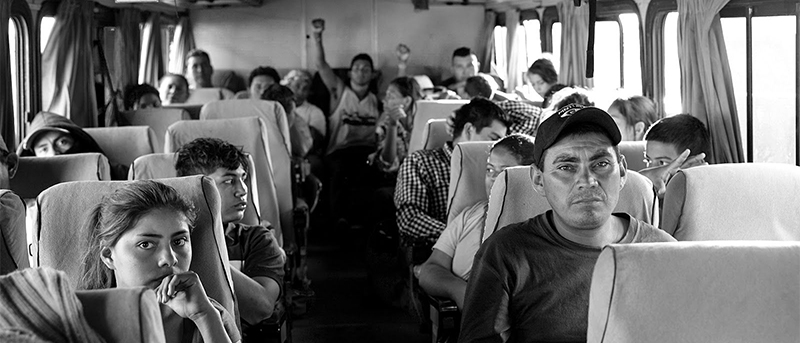
In addition, Trillo seeks to distance herself from journalists who document life from afar. Throughout the exhibition, it is apparent to the viewer that the photographer and perspective are embedded in the caravan itself. In many images, observers feel as if they are moving with the people captured in the image, rather than viewing the lives of migrants from an outsider perspective.
Trillo explains her use of black and white as an attempt to further highlight the humanity of the individual photographed, as opposed to a photograph of distracting colors and unidentifiable masses.
For Dr. Perry, a professor at the University of Central Oklahoma who spoke during a panel discussion on the exhibit, this artistic license imbues each photograph with a “sense of authenticity” that would be lost otherwise and therefore serves Trillo’s larger purpose of imbuing each person photographed with the dignity and respect they deserve that would be lost in other media projects.
The Melton Gallery at the University of Central Oklahoma is exhibiting Ada Trillo: La Caravana del Diablo until March 4, 2021, and asks visitors to wear masks and maintain social distancing.
Devraat Awasthi is an art reporter for Free Press, a full-time law student at the University of Oklahoma, and is interested in pop culture’s role in public communities.
